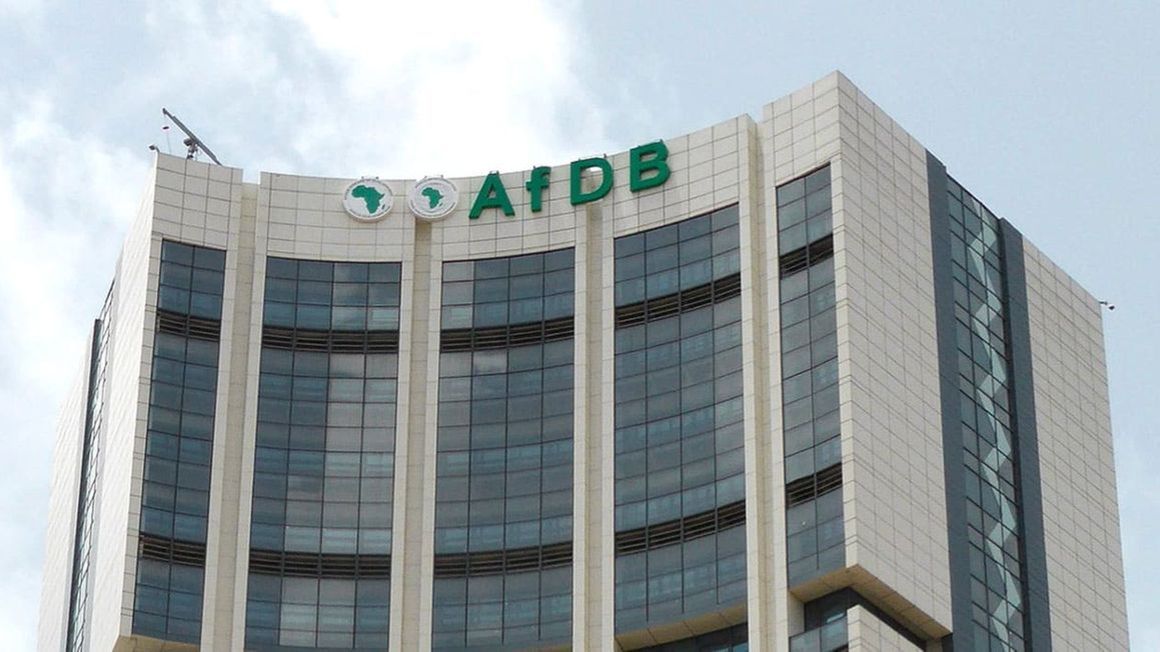World Bank says solar energy to surpass coal in power generation in two years

In Kenya, over 90 per cent of electricity is generated from renewable sources, including solar.
Solar is expected to surpass coal as the world's most available source of energy by 2027, according to a climate action update by the World Bank.
The global lender says solar will be the world's pioneer, alongside wind power, as the two have proven to be the cheapest way to meet the growing electricity demand.
More To Read
- National Assembly lifts seven-year ban on new power deals, paving way for local generation
- Malindi Court upholds ban on Lamu Coal Plant, citing environmental and constitutional breaches
- Renewables overtake coal in global electricity generation
- Somalia unveils plan to halve imported fuel for power generation by 2028
- Renewable power capacity to double by 2030 - IEA
- MPs propose capping power purchase prices at Sh9/kWh to curb soaring bills
"Solar power is a game changer for the climate and energy access, and many developing countries have some of the best solar and wind resources in the world," the World Bank says.
Further, it is optimistic about the ability of countries to tap into advances in solar energy and make dramatic gains, while recognising that many developing countries face obstacles in obtaining the financing needed to scale up solar energy investments.
"The technology exists to bring clean, cheap solar power to millions of people who still live without electricity. The international community must, therefore, step up its support to help governments prepare transition plans, strengthen their institutions that are the backbone of the power sector, and prepare early projects and mitigate risks that can keep costs out of reach."
In Kenya, over 90 per cent of electricity is generated from renewable sources, including solar, and the country's goal is to hit the 100 per cent mark by 2030.
A recent country economic update by the World Bank notes that the country's electric power sourcing from solar increased by almost 218 per cent in 2022 compared to the previous year.
This reflects the nation's move towards adopting renewable sources of energy in line with the global drive to mitigate the effects of climate change.
It also points towards the increasing number of Kenyans mostly in remote areas who are opting for solar energy rather than connecting their households to the country's electrical grid.
Data by Centurion notes that Kenya has installed solar capacity ranging from four to eight megawatts, making it one of the most active commercial photovoltaic system marketplaces in the developing world, ranking second only to India.
Notably, Kenya's energy sourcing is dominated by bio-energy at about 65 per cent of total primary energy supply.
Oil products account for about 16.9 per cent while renewable energy sources such as wind and solar provide 15.2 per cent and to a lesser extent, coal and hydro-power produce about 1.9 per cent.
However, in its report, the World Bank reckons that of the nearly 675 million people who still live without electricity worldwide, more than 80 per cent — 567 million — live in sub-Saharan Africa.
It thus projects that by 2030, solar mini-grids could bring high-quality uninterrupted power to 380 million people.
"This if governments and industry work together to drive costs down and overcome barriers to financing, including technological, political, and regulatory risks, and uncertainty over whether customers can afford to pay."
Top Stories Today














































